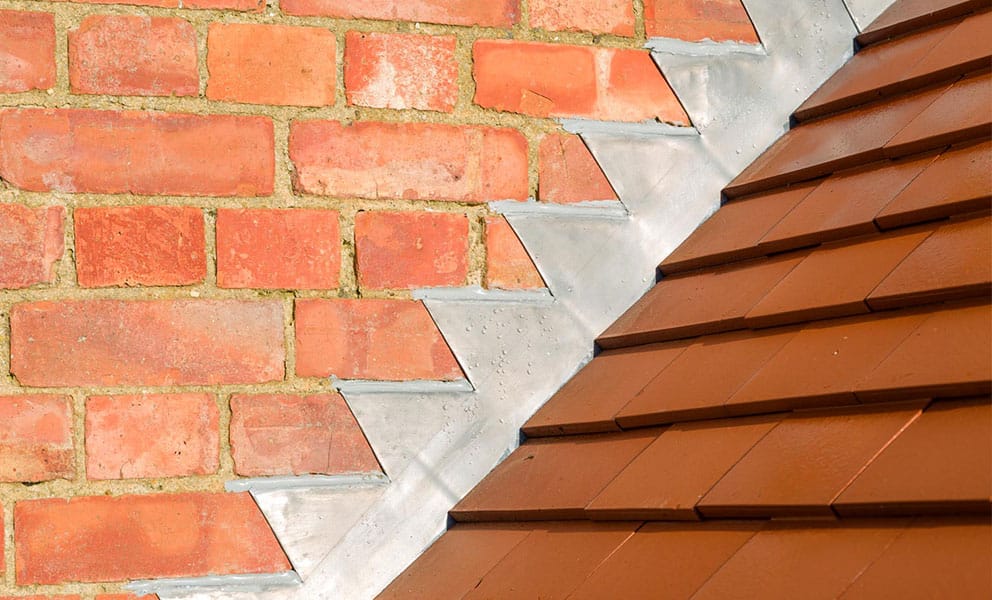When you’re looking for a new roof, it’s understandable that you’ll want to get a better idea of the costs for different types of roof and materials. Some property owners will head straight towards the most expensive type to maximise the lifespan of their roof. Others will steer well clear, with a view to cutting costs up front.
Whatever side of the fence you’re on, we’re here to provide a bit more insight. Read on as we discuss the most expensive types of roof.
Pitched costs more than flat
First things first, the two broadest categories of roofs are pitched and flat. Out of the two, pitched roofs are the more expensive option if you’re starting from scratch. So, if it’s a roof for a new-build house or an extension, a pitched roof will be more expensive.
That’s because they require more time to construct and more materials to cover them. The materials used are also more expensive per square metre compared to things like GRP for flat roofing.
Similarly, it’s more expensive if you want to replace a flat roof with a pitched roof, as you’ll need to completely restructure the roof, rather than simply re-covering it. The only scenario where a pitched roof isn’t more expensive is if you already have one, in which case it’s very rare you would want to convert it to a flat roof.
Most expensive roofing materials
The second question when it comes to costs is this: ‘Is the material being used on either a pitched or flat roof?’ For flat roofs, if you want to avoid cheaper materials like bituminous felt, two of the more expensive options are:
- GRP (glass reinforced polyester) – also known as fibreglass roofing
- EPDM (Ethylene Propylene Diene Monomer) – also known as single-ply rubber roofing
Alternatively, if you’re looking for the most expensive roofing materials for a pitched roof, the clear answer is slate. Or more specifically, Welsh slate. Slate is a more long-lasting option than clay or concrete tiles. It also comes with a sought-after natural appearance, which many property owners are willing to pay more for.
Going one further, Welsh slate is much older than other varieties, like Spanish slate. Because it’s been formed over a greater number of years, Welsh slate is denser, stronger and more durable.
The benefits of expensive roof types
As mentioned earlier, not all property owners are looking for the most expensive materials simply so they can avoid them. Choosing a more expensive type of roof or roofing material can be well worth the cost – and can even save you money over time.
While a pitched roof costs significantly more than a flat roof, for example, they typically outlast them by at least a decade. Similarly, the difference in lifespan between slate and the alternatives can be 20, 30 or 40+ years, with the right maintenance. Or a difference of 5-10 years for EDPM or GRP versus flat roofing felt.
Despite costing more up front, you’ll find yourself with more money over time as you won’t have to fork out for repairs or replacements. Even if you don’t stay put long enough to reap the rewards of your investment, a more expensive roof type will add even more to your property’s price tag. It’s a win-win however you look at it.
What’s best for you?
When you’re comparing different roof types and materials, it ultimately comes down to what’s best for you and your budget. If you can afford it, we would always recommend going for a premium roof that will last you longer. However, a well installed roof using concrete tiles, for example, is by no means a short-term solution.
Whatever your preference, the team at DPR Roofing is on-hand across Pontefract to make it happen with the highest quality every time. We even offer cost-effective roof financing if you want to spread the cost of your roof into affordable instalments. Get in touch with us today to arrange a quote or get more information on our roofing services.

